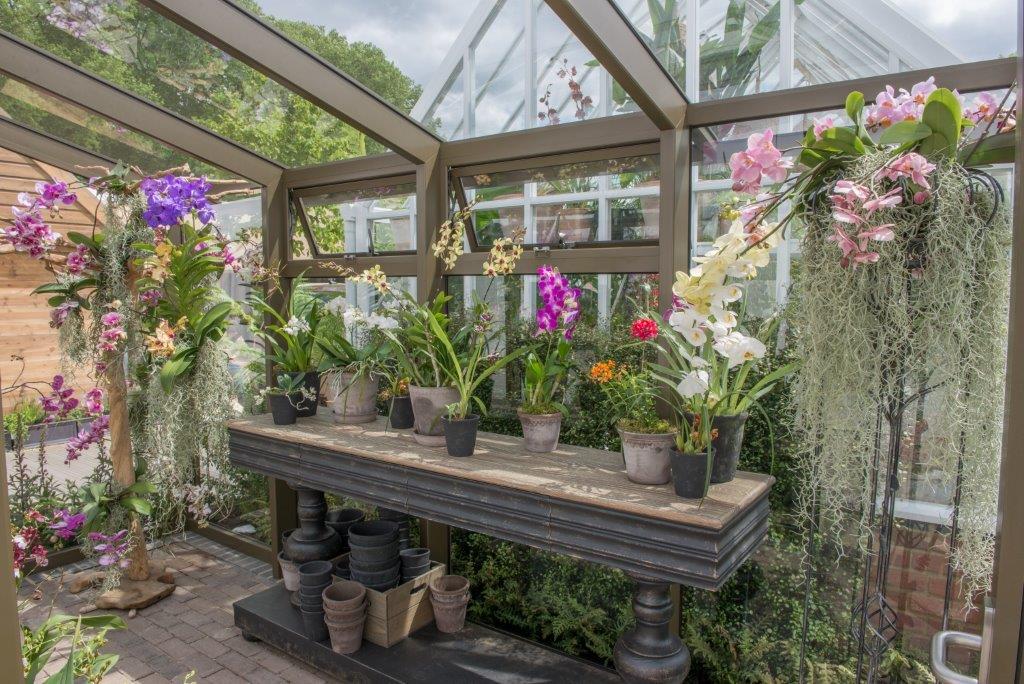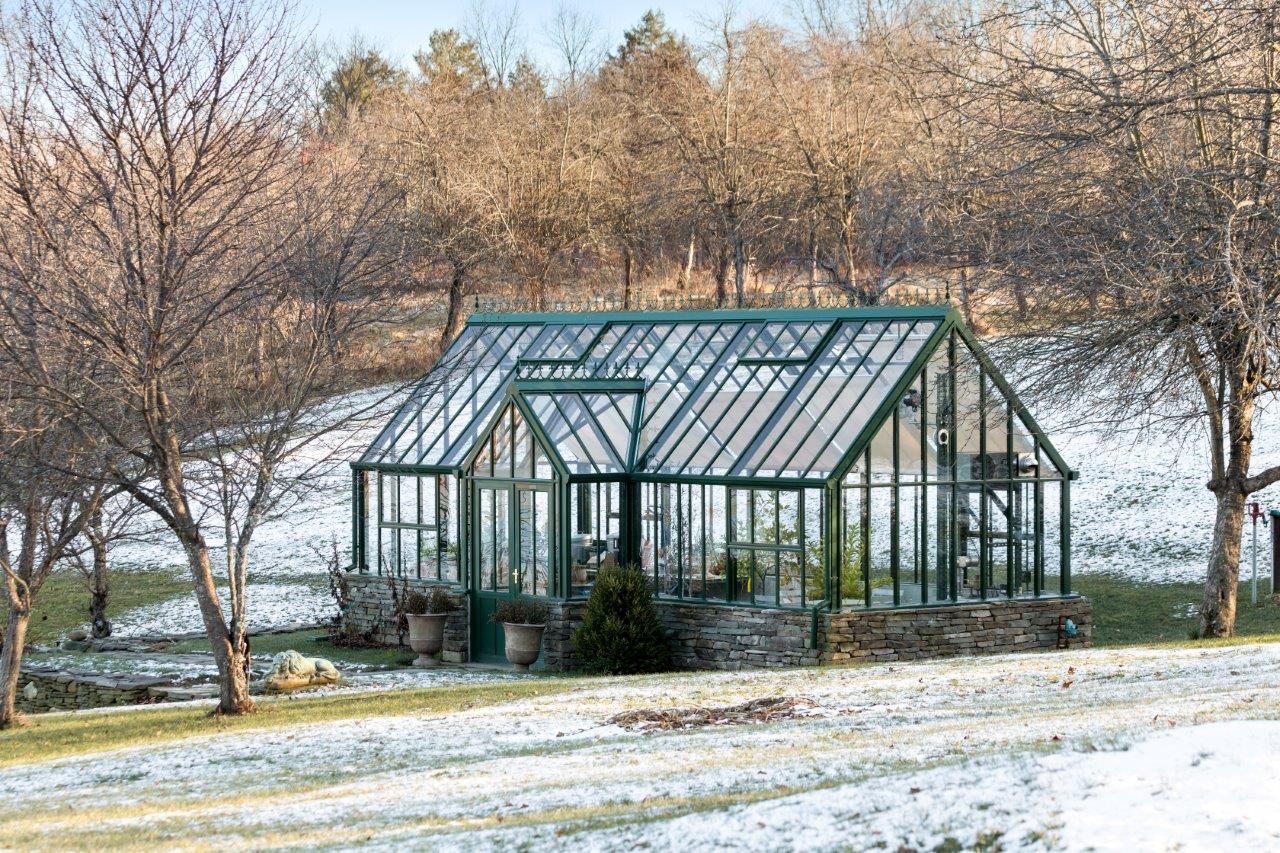
When deciding where to put a greenhouse, the first question to ask is what do you plan to grow. If the answer is orchids, for example, your greenhouse should probably not be in bright sun for too many hours each day. On the other hand, if growing out-of-season vegetables is your goal, you’ll likely want to place your greenhouse to get maximum sunlight during the off-season months. Notice that once you answer the question of what you want to grow you also need to know the environment in which those plants will thrive. Especially important is the number of hours of sun each day, whether morning or afternoon sun is preferred, and whether there should be diffuse or even dense shade. All such information can be found online. This research is essential in choosing both the location of a greenhouse and the direction in which it faces.
Also entering into the decision of where to put a greenhouse is the building’s design. The most basic choice is between a free-standing greenhouse and a lean-to style one that’s built against a wall of a larger building. A lean-to style greenhouse attached to your home is nice to have in winter when it can put extra solar heat into your house. At night or on overcast days, it can easily be heated using your home’s existing system, and water is readily available for it too. In addition, you can easily work in the greenhouse in the evening after work. However, during summer, a lean-to greenhouse attached to your home will need to be adequately vented to allow the excess heat to dissipate, and the increased humidity can get into walls, perhaps even causing rot.
A freestanding greenhouse, in contrast, keeps summer’s heat and humidity away from your home. It’s also easy to orient in any direction that suits the plants you want to grow. The best position is one that puts the greenhouse ridge east/west exposing the longest side to the southern sun in winter.

However, a freestanding greenhouse can sometimes be difficult to reach in winter when it’s stormy or there’s deep snow on the ground. And it may be inconvenient to bring heat, water, and electricity to it, especially when water pipes and conduits must be put below the frost line.
Regardless of whether your greenhouse is free-standing or lean-to style, you’ll need to consider trees and other shade-producing objects nearby. While you may not notice the shading effects in summer when the sun is high in the sky, an evergreen tree or building to the south of your greenhouse may shade it during winter when the sun is at a lower angle. Shade, on the other hand, may sometime be welcome. For instance, a large deciduous tree may offer welcome shade from summer’s excessive heat, shade that will then largely disappear when the leaves drop in fall.
There are also some practical considerations in siting a greenhouse that don’t have to do with the plant environment you’re creating. For example, if you grow many flowers and vegetables from seeds that you start in your greenhouse, locating the greenhouse reasonably close to your outdoor gardens will make moving the seedlings easier. So thoroughly consider your routines before installing a greenhouse. You’ll want to choose its location carefully because moving it later is seldom an option.










